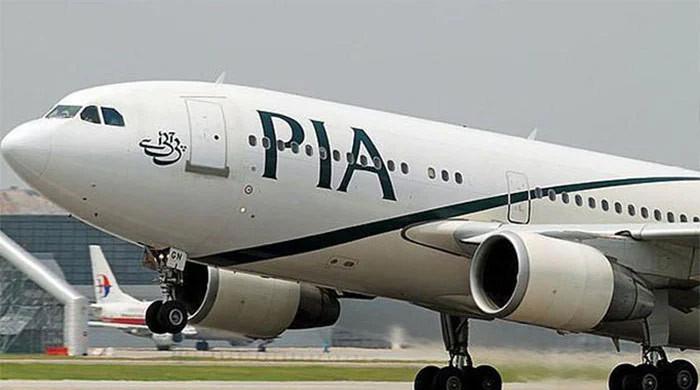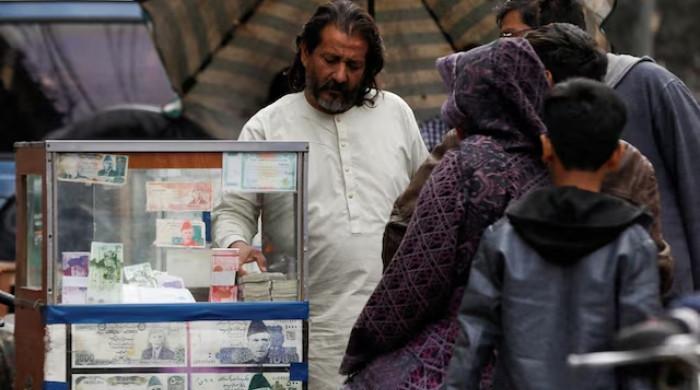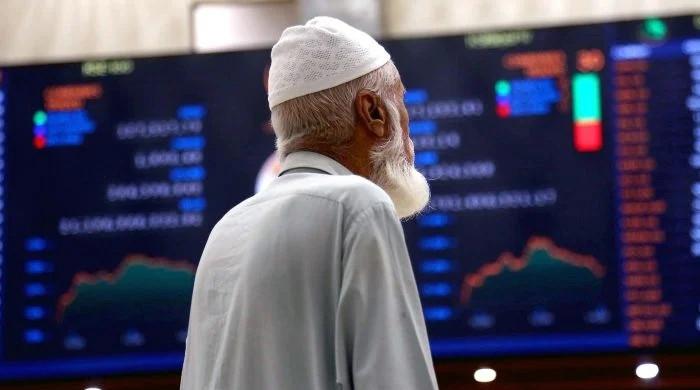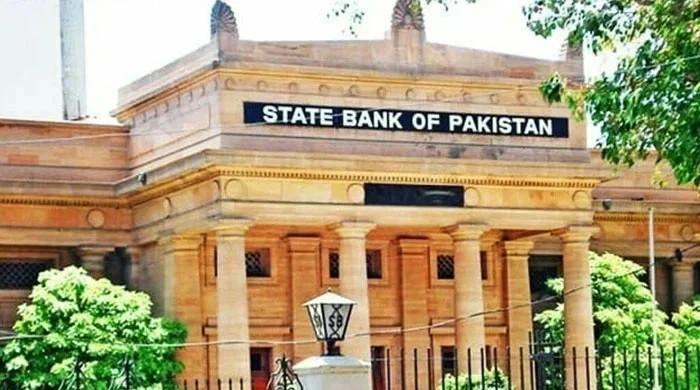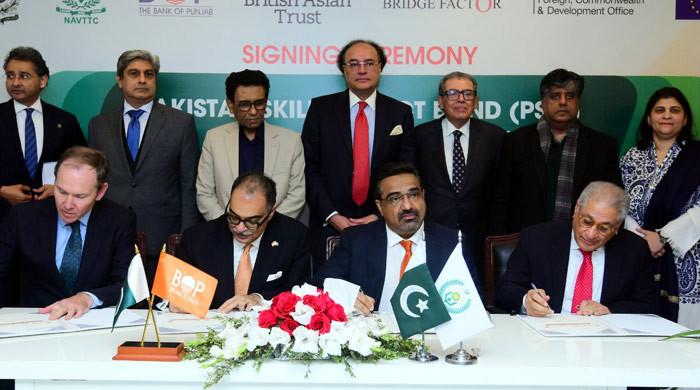The three challenges to Pakistan’s economy
The government can also do little to stop the devaluation of the rupee. The only thing it can really do is to carry out a thorough and realistic analysis of its Afghan policy
October 06, 2021
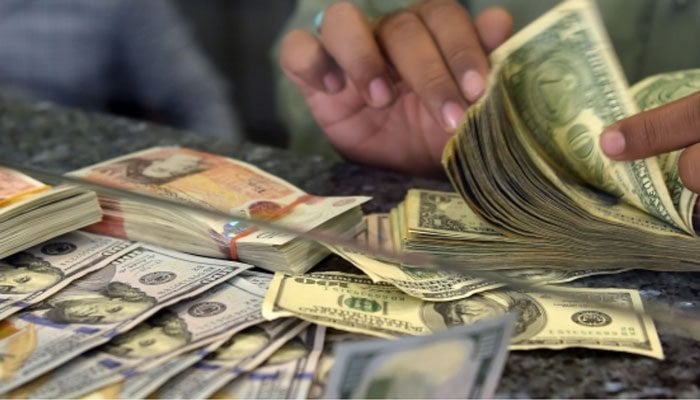
Pakistan’s economy is facing a three-pronged challenge: internationally, it is facing soaring prices of essential commodities such as oil, gas, wheat, and sugar and unusually high shipping charges on its foreign trade; regionally, it is grappling with the economic and financial fallout of an extremely volatile situation in Afghanistan; and domestically, it is trying to come to grips with a falling rupee value and the lack of resources to keep the prices of electricity, gas and oil in check.
Consequently, everyone – except those in the top 20% income quintile who own half of Pakistan’s wealth as per the National Human Development Report issued by the United Nations Development Programme (UNDP) – is unable to cope with food and fuel inflation.
The government is also finding it increasingly difficult to protect people from economic shocks caused by the combined effect of these three challenges. This is despite the fact that it has already taken a hit on its revenue by lowering petroleum levy and general sales tax on fuel.
Before analysing what else the government can do to ameliorate this shock, it is essential to look into the origin of the challenge. Its first component consists of a quicker than expected recovery of industrial production in major economies amid Covid-19. Increased global appetite for energy and other commodities as a result of this recovery has, in turn, triggered a hike in prices of fuel.
Over the last 12 months, South African coal, Brent Crude, and natural gas prices have increased by 150%, 100%, and 500%, respectively. The prices of palm oil, soybean oil, wheat, sugar, and fertilisers have also risen – though not on a similar scale.
The impact of high commodity prices has been compounded by their expensive landing costs in Pakistan. And, then, the depreciating value of the rupee against the US dollar is making Pakistani imports further expensive.
It is pertinent to mention that various other factors are also causing the current price hike. For instance, prices of perishable food commodities – vegetables and fruit – are affected by seasonal supply fluctuations. Likewise, an increase in the minimum support price of wheat in March this year (by Rs10 per kilogramme in Punjab and Rs15 per kilogramme in Sindh) also had an inflationary impact on end consumers.
Weak administrative mechanisms at the district and local levels are another reason for price hikes. Their weaknesses have increased the gap between wholesale prices (wholesale price index) and retail prices (consumer price index). These poor mechanisms are also responsible for the unchecked smuggling of wheat, wheat flour and urea fertiliser to Afghanistan whose economy is reeling under the de facto economic and financial sanctions imposed by the US.
Some reports suggest that US dollars are being smuggled from Pakistan to Afghanistan; and that Afghans who are living in Pakistan are also hoarding dollars in large quantities. All this increases pressure on Pakistan’s scant supply of dollars (thus contributing to rupee depreciation).
To be fair to the government, no quick fix is available for this situation except withdrawing/reducing duties and taxes on the import of essential commodities. It is already doing that. But, considering that a major chunk of federal revenues comes from these very duties and taxes, withdrawing/reducing them will certainly increase the fiscal deficit.
Another solution suggested by many is that the rupee must be strengthened in order to make imports cheaper. This, however, does not work due to two factors: first, the rupee’s strength or weakness is heavily dependent on the state of the economy as well as the inflow and outflow of foreign exchange. If economic growth is weak and the outflow of foreign exchange is stronger than its inflow – as is the case with Pakistan these days –keeping the rupee artificially strong will deplete our meagre foreign exchange reserves which we need to meet our current account deficit.
The State Bank of Pakistan (SBP) has around $20 billion in reserves. It can sell some of them to improve their supply in the market and strengthen the rupee value. But then, it will be left with less foreign exchange than what it needs to pay for essential imports and return foreign loans. The central bank is rightly tilted towards maintaining its reserves to avoid a balance of payment crisis. The artificially strengthened rupee also subsidises imports and hurts domestic manufacturing as well as export growth.
The only way to strengthen the rupee without a negative impact on exports and foreign exchange reserves is to, somehow, increase the supply of dollars. This can be done by raising export earnings, inducing foreign direct investments, securing foreign loans and increasing the flow of remittances from overseas Pakistanis. While expats have been sending increasingly more money back home than they did in the past, there is little to no progress in export growth and foreign direct investments.
This means that the foreign exchange supply remains fragile, with any small change in international and regional situations having the potential to upend it totally. Consider, for instance, the consequence of Pakistanis losing jobs in large numbers in the United Arab Emirates and Saudi Arabia. That alone can have a devastating impact on the inflow of remittances. Or imagine the consequences of Pakistan failing to get financial support from the International Monetary Fund (IMF) and/or World Bank if it is continuously perceived to be not cooperating with the US on the Afghanistan situation. In either case, Pakistan’s dollar reserves will come under severe pressure, and the rupee value will fall further instead of becoming stronger.
The situation in Afghanistan has three major implications for Pakistan’s economy. First, given Pakistan’s fraught relations with the US, it remains uncertain if Pakistan will be taken off the Financial Action Task Force’s (FATF’s) grey list – the review is scheduled next month. Second, and for the same reasons, Pakistan should not expect any leniency during the next IMF review and will have to fulfil all the commitments it made while signing the ongoing loan package. Third, Pakistan will remain an unattractive destination for foreign investors due to the negative coverage its security situation gets in the American media.
So, what should the government do? For now, it can only wait and watch. It cannot do anything to offset global commodity prices. It can also do little to stop the devaluation of the rupee. The only thing it can really do is to carry out a thorough and realistic analysis of its Afghan policy and then ensure that this policy does not have serious economic consequences.
Also, it should take steps to save people from the devastating effects of rising inflation. This can be done by increasing their livelihood opportunities (through carefully rolling out, and later upscaling, initiatives like the Kamyab Pakistan Program). The government should also strengthen their purchasing power through targeted subsidies (using the National Socioeconomic Registry’s survey data) on energy and food items.
Until then, inflation will continue to be a headache for both the people and the government of Pakistan.
The writer heads the Sustainable Development Policy Institute.
Twitter: @abidsuleri
Originally published in The News




